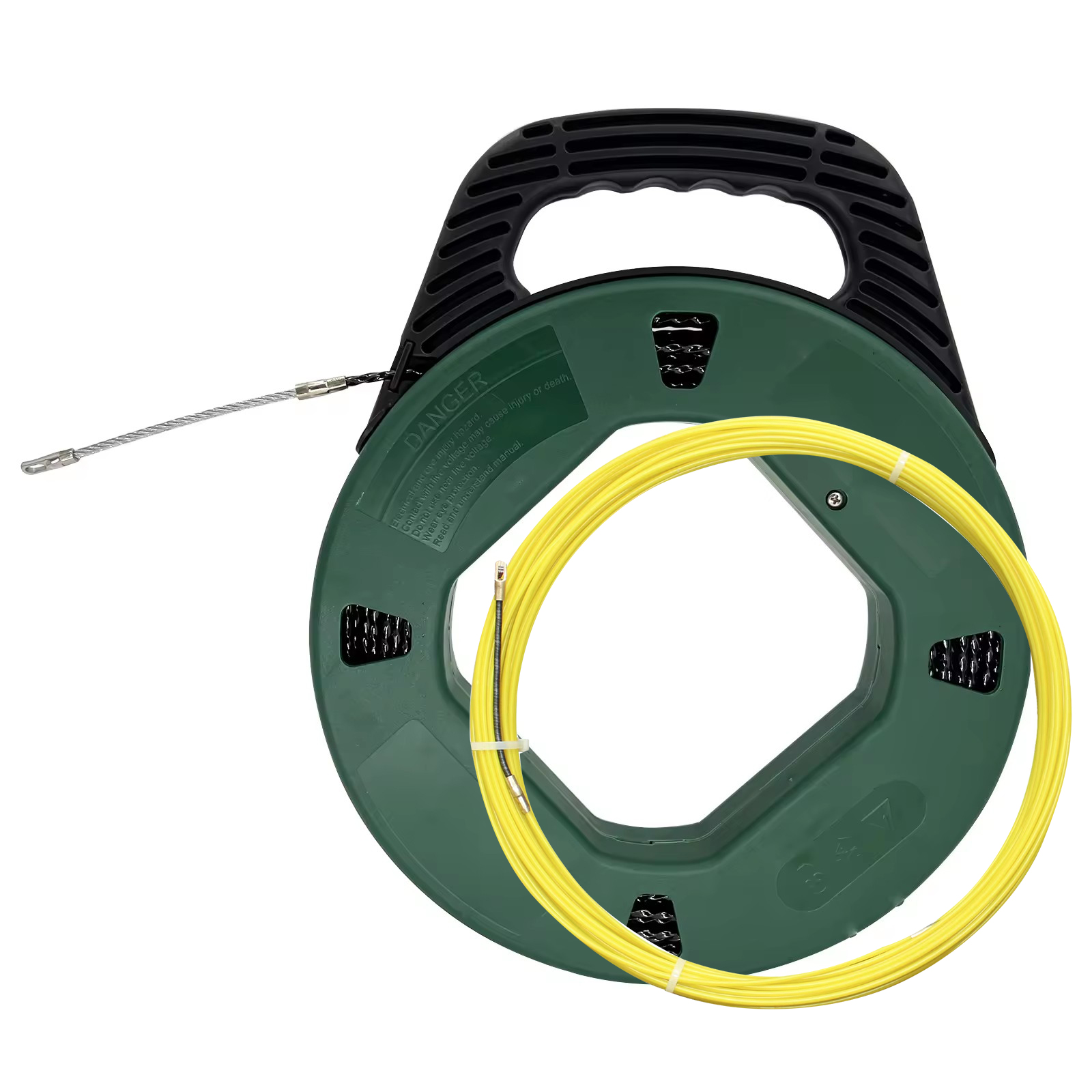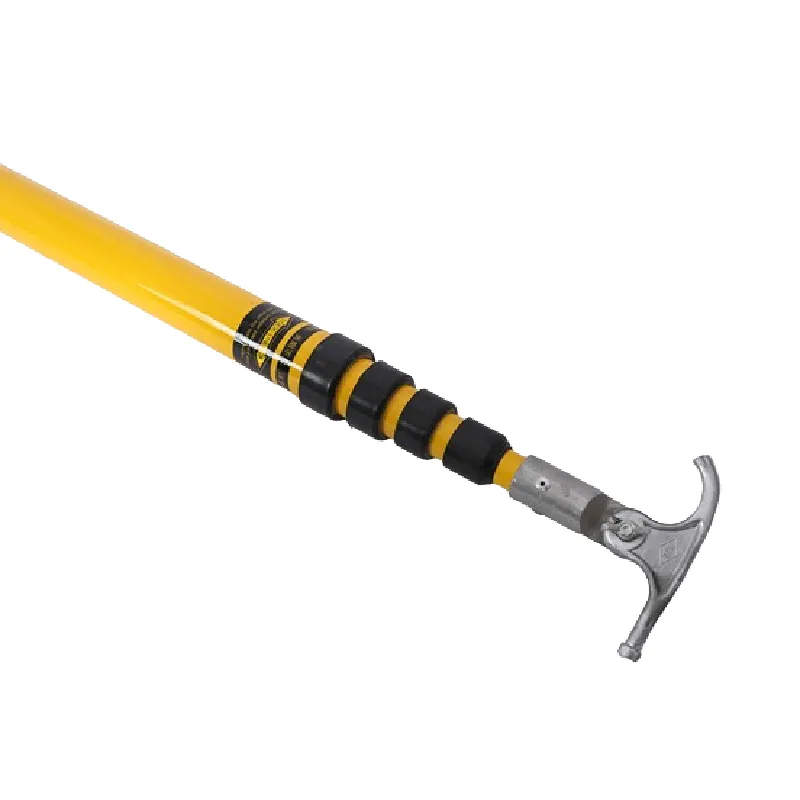
-
 Afrikaans
Afrikaans -
 Albanian
Albanian -
 Amharic
Amharic -
 Arabic
Arabic -
 Armenian
Armenian -
 Azerbaijani
Azerbaijani -
 Basque
Basque -
 Belarusian
Belarusian -
 Bengali
Bengali -
 Bosnian
Bosnian -
 Bulgarian
Bulgarian -
 Catalan
Catalan -
 Cebuano
Cebuano -
 Corsican
Corsican -
 Croatian
Croatian -
 Czech
Czech -
 Danish
Danish -
 Dutch
Dutch -
 English
English -
 Esperanto
Esperanto -
 Estonian
Estonian -
 Finnish
Finnish -
 French
French -
 Frisian
Frisian -
 Galician
Galician -
 Georgian
Georgian -
 German
German -
 Greek
Greek -
 Gujarati
Gujarati -
 Haitian Creole
Haitian Creole -
 hausa
hausa -
 hawaiian
hawaiian -
 Hebrew
Hebrew -
 Hindi
Hindi -
 Miao
Miao -
 Hungarian
Hungarian -
 Icelandic
Icelandic -
 igbo
igbo -
 Indonesian
Indonesian -
 irish
irish -
 Italian
Italian -
 Japanese
Japanese -
 Javanese
Javanese -
 Kannada
Kannada -
 kazakh
kazakh -
 Khmer
Khmer -
 Rwandese
Rwandese -
 Korean
Korean -
 Kurdish
Kurdish -
 Kyrgyz
Kyrgyz -
 Lao
Lao -
 Latin
Latin -
 Latvian
Latvian -
 Lithuanian
Lithuanian -
 Luxembourgish
Luxembourgish -
 Macedonian
Macedonian -
 Malgashi
Malgashi -
 Malay
Malay -
 Malayalam
Malayalam -
 Maltese
Maltese -
 Maori
Maori -
 Marathi
Marathi -
 Mongolian
Mongolian -
 Myanmar
Myanmar -
 Nepali
Nepali -
 Norwegian
Norwegian -
 Norwegian
Norwegian -
 Occitan
Occitan -
 Pashto
Pashto -
 Persian
Persian -
 Polish
Polish -
 Portuguese
Portuguese -
 Punjabi
Punjabi -
 Romanian
Romanian -
 Russian
Russian -
 Samoan
Samoan -
 Scottish Gaelic
Scottish Gaelic -
 Serbian
Serbian -
 Sesotho
Sesotho -
 Shona
Shona -
 Sindhi
Sindhi -
 Sinhala
Sinhala -
 Slovak
Slovak -
 Slovenian
Slovenian -
 Somali
Somali -
 Spanish
Spanish -
 Sundanese
Sundanese -
 Swahili
Swahili -
 Swedish
Swedish -
 Tagalog
Tagalog -
 Tajik
Tajik -
 Tamil
Tamil -
 Tatar
Tatar -
 Telugu
Telugu -
 Thai
Thai -
 Turkish
Turkish -
 Turkmen
Turkmen -
 Ukrainian
Ukrainian -
 Urdu
Urdu -
 Uighur
Uighur -
 Uzbek
Uzbek -
 Vietnamese
Vietnamese -
 Welsh
Welsh -
 Bantu
Bantu -
 Yiddish
Yiddish -
 Yoruba
Yoruba -
 Zulu
Zulu


TEL:
0086-311-88862036
Jan . 23, 2025 01:08 Back to list
appliance cord clamp
Understanding the role of an appliance cord clamp is essential for anyone involved in product design, manufacturing, or even home improvement projects. This small but crucial component ensures safety and efficiency in electrical appliances. Its job is to securely hold the power cord in place, preventing any unnecessary strain that could lead to wear and tear or even electrical hazards. Through firsthand experience, reports from industry professionals, and insights from electrical safety organizations, this article will delve into the importance, design considerations, and selection criteria of appliance cord clamps, aiming to enhance experience, expertise, authority, and trust.
Consumer trust is further bolstered through transparent communication and documentation. Providing detailed installation instructions and warnings about common misuse can prevent accidents and reinforce the credibility of the manufacturer. Real-world experiences shared by end-users on various platforms highlight the value of clear, accessible information. For example, a consumer might appreciate a manufacturer’s video tutorial that demonstrates the correct installation of a cord clamp, thus preventing potential misuse. This open exchange of information builds trust, as consumers feel they can rely on the manufacturer not only for high-quality products but also for support and guidance. True industry leaders invest in research and development to innovate cord clamp designs that enhance utility and safety while maintaining cost-effectiveness. Emerging trends include ergonomic designs that simplify user interaction or environmentally friendly materials that reduce carbon footprints. Forward-thinking companies might integrate smart sensors within the cord clamp to detect and alert users of strain or wear before a failure occurs, exemplifying cutting-edge expertise and innovation. In conclusion, the appliance cord clamp, though small, forms a linchpin in electronic safety and appliance longevity. Emphasizing experience-driven solutions, expert design choices, authoritative standards compliance, and trustworthy communication transforms this component from a mere accessory to a vital part of any appliance’s identity. The best manufacturers recognize the value in not just meeting industry standards but in consistently exceeding them, thereby fostering a safe, reliable, and innovative marketplace that benefits both consumers and the industry as a whole.


Consumer trust is further bolstered through transparent communication and documentation. Providing detailed installation instructions and warnings about common misuse can prevent accidents and reinforce the credibility of the manufacturer. Real-world experiences shared by end-users on various platforms highlight the value of clear, accessible information. For example, a consumer might appreciate a manufacturer’s video tutorial that demonstrates the correct installation of a cord clamp, thus preventing potential misuse. This open exchange of information builds trust, as consumers feel they can rely on the manufacturer not only for high-quality products but also for support and guidance. True industry leaders invest in research and development to innovate cord clamp designs that enhance utility and safety while maintaining cost-effectiveness. Emerging trends include ergonomic designs that simplify user interaction or environmentally friendly materials that reduce carbon footprints. Forward-thinking companies might integrate smart sensors within the cord clamp to detect and alert users of strain or wear before a failure occurs, exemplifying cutting-edge expertise and innovation. In conclusion, the appliance cord clamp, though small, forms a linchpin in electronic safety and appliance longevity. Emphasizing experience-driven solutions, expert design choices, authoritative standards compliance, and trustworthy communication transforms this component from a mere accessory to a vital part of any appliance’s identity. The best manufacturers recognize the value in not just meeting industry standards but in consistently exceeding them, thereby fostering a safe, reliable, and innovative marketplace that benefits both consumers and the industry as a whole.
Next:
Latest news
What Are Construction Tools and How Are They Used?
NewsJul.11,2025
Professional-Grade Duct Rodding Tools for Superior Cable Installation
NewsJul.11,2025
Enhancing Safety and Efficiency with Modern Hot Stick Solutions
NewsJul.11,2025
Empowering Cable Installation with Advanced Rodder Solutions
NewsJul.11,2025
Elevate Your Cable Installation Projects with Cable Pulling Tools
NewsJul.11,2025
Efficient Cable Handling Solutions: Cable Rollers for Sale
NewsJul.11,2025
Copyright © 2025 Shijiazhuang Bilo Import and Export Trading Co., Ltd. All Rights Reserved. Sitemap | Privacy Policy

BlLo lmport & Éxport is specialized in power and cable equipment andconsiruction tools,Qur main producis are FRP
duct rodder, cable rollerscable pulling winch, cable drum jack, cable pulling sock, etc.
Copyright © 2025 Shijiazhuang Bilo Import and Export Trading Co., Ltd. All Rights Reserved. Sitemap | Privacy Policy










